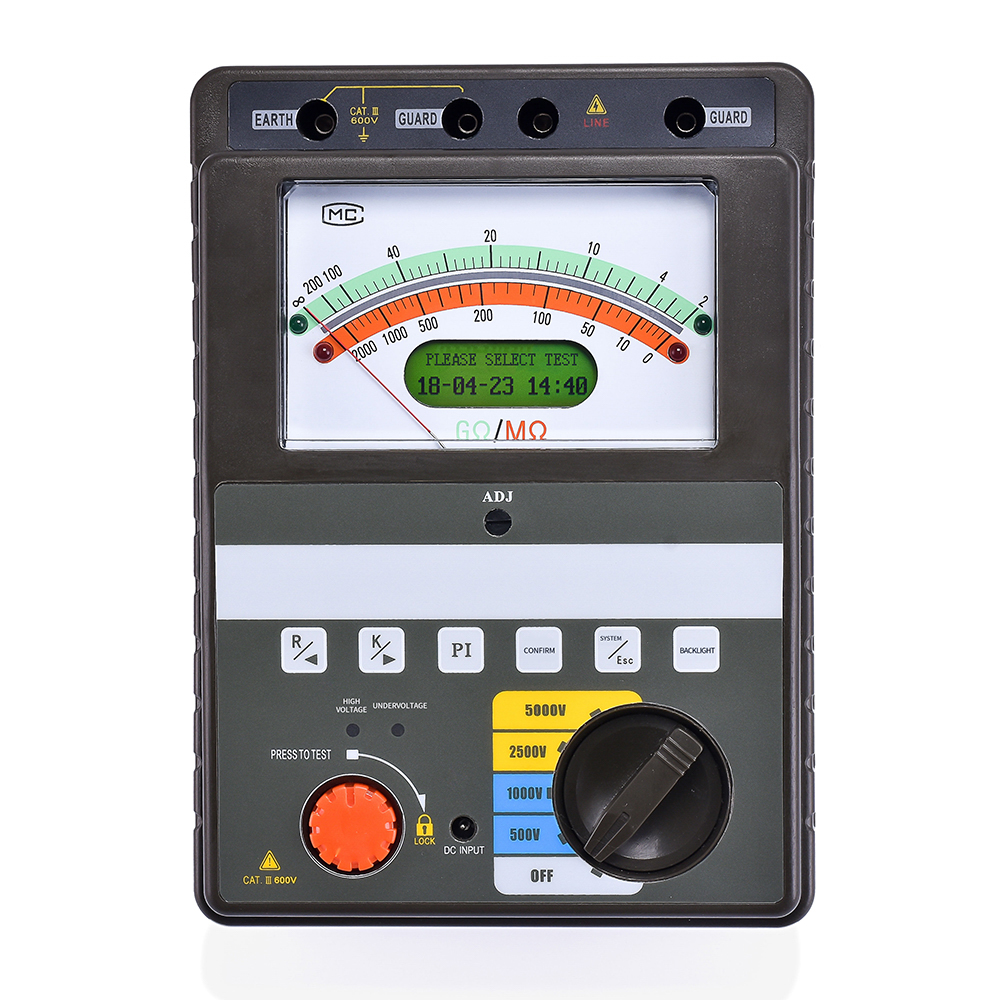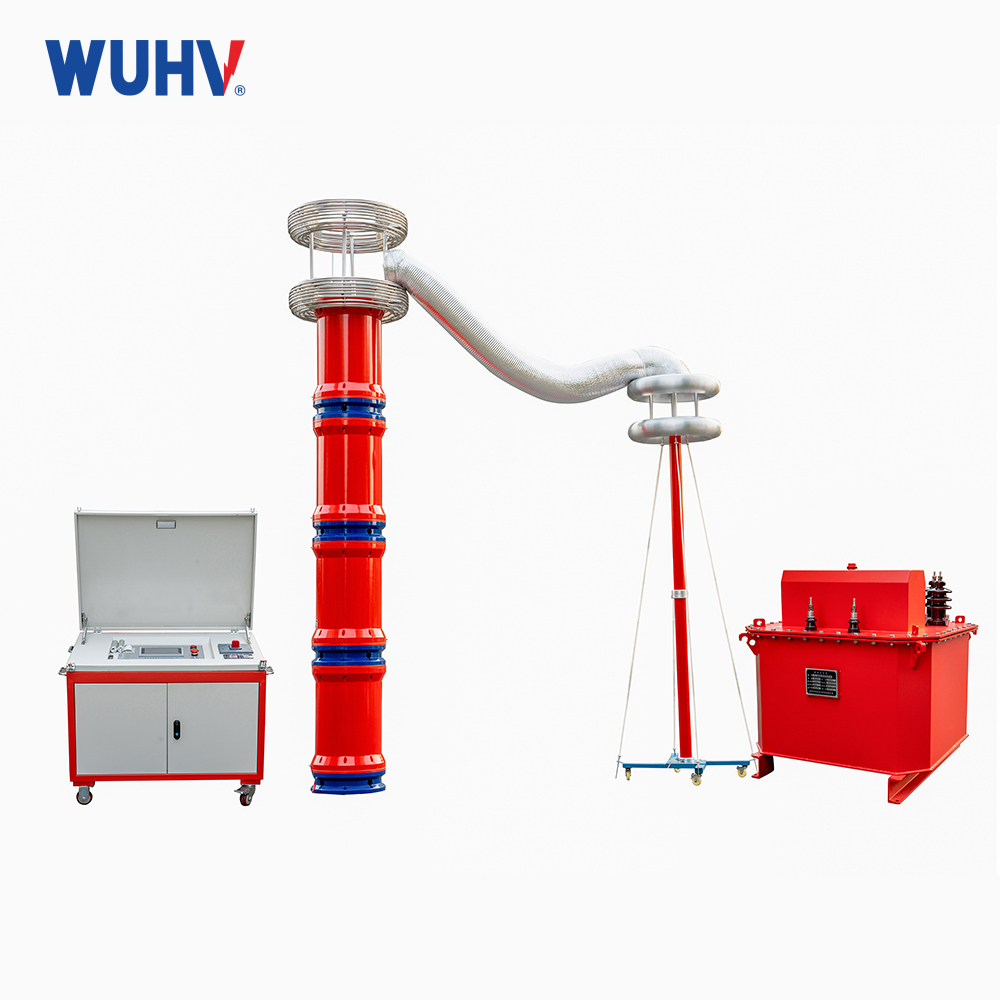The insulation resistance tester under UHV power can help many power workers conduct various power tests more conveniently.

The insulation resistance tester is suitable for measuring the resistance values of various insulation materials and the insulation resistance of transformers, motors, cables, and electrical equipment to ensure that these devices, appliances, and circuits are working in a normal state and to avoid accidents such as electric shock. Personnel casualties and equipment damage.
The common problems with insulation resistance testers are as follows:
1. What is the relationship between the output short-circuit current of the insulation resistance tester and the measured data when measuring the resistance of capacitive loads, and why?
The output short-circuit current of the insulation resistance tester can reflect the internal resistance of the high-voltage power supply.
Many insulation test objects are capacitive loads, such as long cables, motors with many windings, transformers, etc. Therefore, when the tested object has capacitance, at the beginning of the testing process, the high-voltage power supply in the insulation resistance tester should charge the capacitor through its internal resistance and gradually charge it to the rated high voltage value output by the insulation resistance tester. If the capacitance value of the tested object is large or the internal resistance of the high-voltage power supply is high, the charging process will take a long time.
Its length can be determined by the product of R and C loads (in seconds), i.e. t=R * C load.
Therefore, during the testing process, it is necessary to charge the capacitive load to the test voltage at a charging speed DV/DT equal to the ratio of the charging current I to the load capacitance C, i.e. DV/dt=I/C.
Therefore, the smaller the internal resistance, the larger the charging current, and the faster and more stable the test results.
2. What is the function of the "g" end of the instrument? Why is the instrument connected to the "g" terminal in a high voltage and high resistance testing environment?
The "g" end of the instrument is a shielded terminal used to eliminate the influence of moisture and dirt in the testing environment on the measurement results. The "g" end of the instrument bypasses the leakage current on the surface of the object being measured, preventing the leakage current from passing through the testing circuit of the instrument and eliminating errors caused by leakage current. When testing high resistance values, the G terminal is required.
Generally speaking, when the g-end is greater than 10g, it can be considered. However, this resistance range is not absolute. Clean and dry, with a small volume of the tested substance, stable without measuring 500g at the g-end; In damp and dirty environments, lower resistance also requires g-terminals. Specifically, if the results are difficult to stabilize when measuring high resistance, the g-terminal can be considered. Additionally, it should be noted that the shielding terminal G is not connected to the shielding layer, but to the insulator between L and E, or in a multi stranded wire, it cannot be connected to other tested wires.
3. Why is it necessary to measure not only pure resistance but also absorption ratio and polarization index when measuring insulation?
PI stands for polarization index, which refers to the comparison of insulation resistance between 10 minutes and 1 minute during insulation testing;
DAR stands for Dielectric Absorption Ratio, which refers to the comparison of insulation resistance between 1 minute and 15 seconds;
In insulation testing, the insulation resistance value at a certain moment cannot fully reflect the insulation performance of the tested object. This is due to two reasons: on the one hand, insulation materials with the same performance have lower insulation resistance when the volume is large, and higher insulation resistance when the volume is small. On the other hand, insulating materials undergo charge absorption and polarization processes when high voltage is applied. Therefore, the power system requires the measurement of absorption ratio (r60s~r15s) and polarization index (r10min~r1min) in insulation tests for various occasions such as main transformers, cables, and motors, and the insulation condition can be judged through this data.
4. Why do several batteries of the electronic insulation resistance tester generate high DC voltage? This is based on the principle of direct current conversion. After being processed by the boost circuit, the lower power supply voltage is increased to a higher output DC voltage. Although the generated high voltage is high, the output power is small (low energy and low current).
Note: Even with low power, it is not recommended to touch the test probe as there may still be a stinging sensation.



















